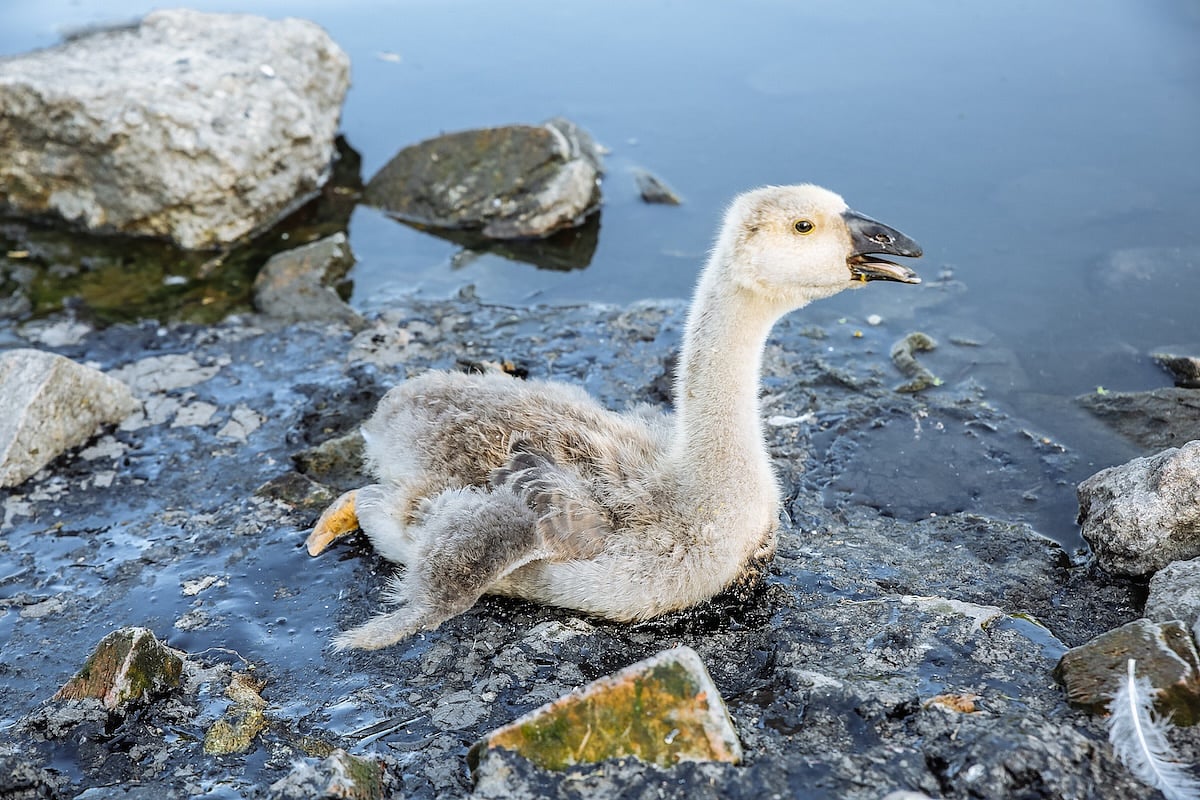Get Healthy!

- Carole Tanzer Miller
- Posted May 24, 2025
Environmental SOS: Rare Birds Crunch From Bellies Full of Plastic
Birds on a remote Australian island are so full of plastic they crunch, British researchers report.
They found plastic in the bellies of chicks less than 3 months old and a dead bird with 778 individual pieces of plastic packed into its tummy "like a brick," according to ecologist Alex Bond, principal curator at Britain's National History Museum.
"This isn't microplastics," he told The Washington Post. "We're talking items up to and including the size of bottle caps and tetra pack lids, cutlery, clothes pegs, the takeaway soy sauce fish bottle that you get from restaurants."
A major 2023 study reported that mankind had filled the world's oceans with more than 170 trillion pieces of plastic, creating a "plastic smog" that doubles roughly every six years.
Bond recently returned from a visit to Lord Howe Island, about 360 miles off Australia's east coast. He's part of a team studying the effects of plastic pollution in the world's oceans. For almost 20 years, it has been studying a native bird species known as sable shearwaters.
The team suspects the birds fish pieces of plastic from the ocean and feed them to their chicks, according to The Post.
About 44,000 sable shearwaters breed on the island, which is renowned for its volcanic landscape and its many kinds of birds. At about 3 months of age, shearwater chicks fly to Japan and then spend up to seven years of their lives at sea, finally returning to the island to breed.
Researchers combed the shores for dead birds and examined their stomach contents. They also flushed the tummies of live birds with water. In some, as much as a fifth of their total weight — up to 2 ounces — was plastic, according to Bond.
He said a chemical signal emitted by the plastic causes adult birds to mistake it for food while fishing in the Tasman Sea.
"These birds eat fish and squid, and you know, the pieces that we pull out, there's no way that that would be sort of accidentally attached … to a prey item," Bond told The Post.
He said the plastic makes a "crunching sound" that can be heard by pressing the bird.
Jack Rivers-Auty, a lecturer at the University of Tasmania, some the bellies of some have "laminated into solid, compact bricks — likely due to their oily marine diet."
The plastic effects "nearly every organ system" of the birds, he said, especially the brain. Birds less than 6 months old exhibit signs of brain damage similar to those of dementia, he said. Even 1 or 2 grams of plastic has serious consequences for them.
Plastic can take hundreds of years to break down, with tiny particles found everywhere.
"The plastic crisis is accelerating — and demanding more from all of us," Rivers-Auty told The Post.
The grim findings from Lord Howe Island are a harbinger of things to come, experts agree.
"The things that we're seeing now in sable shearwaters are things that we're absolutely going to see in a lot more species in the years and decades to come," Bond said.
Rivers-Auty urged people to pay attention.
"We need to ask these questions — urgently, and collectively," he said. "Because the signs are already here."
More information
The National Geographic Society has more about marine pollution.
SOURCE: The Washington Post, May 16, 2025






